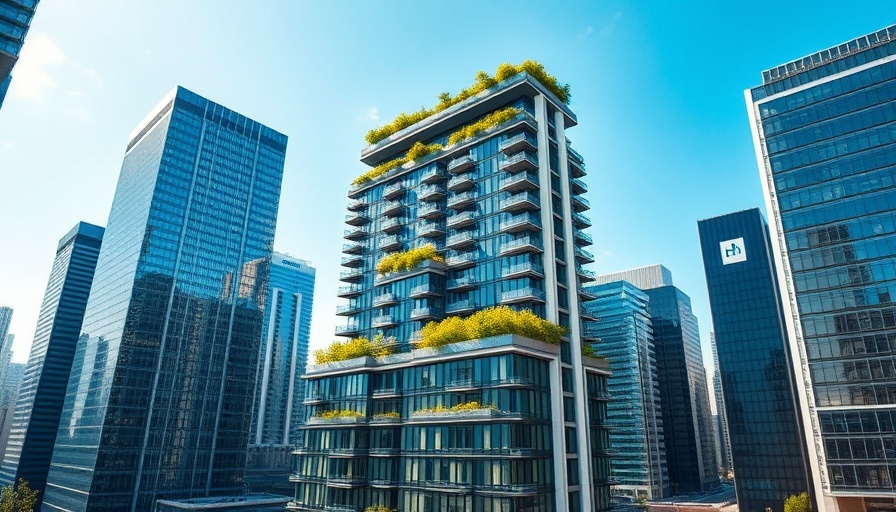
The Future of Sustainable Architecture in Urban Environments
The recent approval of the 33-storey office tower at 70 Gracechurch Street marks a significant step toward sustainable architecture in London. Boasting an impressive 550,000 square feet of office space, this project isn't just a new building; it represents a pivotal moment in the world of urban retrofitting. As cities across the globe respond to climate change and the urgent need for sustainable practices, this tower serves as an inspiring model for future developments.
Why Retrofit Over New Build?
Retrofit projects are increasingly seen as a vital solution to the challenges posed by urbanization and environmental sustainability. By modifying existing structures rather than demolishing them, developers can significantly reduce waste and carbon emissions, making retrofitting one of the most effective approaches for sustainable construction. The 70 Gracechurch Street project exemplifies this philosophy, as it incorporates elements from the pre-existing Marks and Spencer office building into the new design. This method not only preserves original materials but also minimizes the building's ecological footprint.
Innovative Engineering Meets Environmental Responsibility
The engineering techniques employed in this project are particularly noteworthy. New tower columns will be integrated carefully through the current building's frame, supporting a robust network that enhances stability while maximizing the structure's height. This innovative approach helps ensure that the retrofit remains practical and ambitious, showcasing how advanced engineering can align with environmental values.
A Closer Look at the Design Features
The stepped design of the tower, featuring three vertically segmented glazed office elements, is not merely an aesthetic choice; it symbolizes transparency and openness in the corporate world. Such design choices can foster a healthier working environment, allowing natural light to permeate throughout the office spaces. These features will not only offer employees a pleasant atmosphere but may also enhance productivity—a win-win for businesses and their workforce.
Challenges and Community Impact
While the project is brimming with promise, it is not without challenges. The orchestration of such a large-scale retrofit can be complex, necessitating collaboration among various stakeholders, including engineers, architects, and the local community. Engaging with residents and addressing potential concerns about construction impact is crucial to the project's success. When done right, such projects can revitalize neighborhoods, creating jobs and modern facilities that encourage community spirit and improvement.
Looking Ahead: What's Next for London's Urban Landscape?
Construction for the new tower is set to begin in 2028, but the implications of 70 Gracechurch Street will resonate long before its completion. As London continues to grapple with balancing its historic charm and modern demands, projects like this signify a shift towards recognizing the importance of sustainable development. Embracing retrofits will be essential as urban areas seek to integrate green initiatives into their growth strategies.
Conclusion: Embracing Sustainable Change
The evolution of London's skyline with projects like the tower at Gracechurch Street is not just about taller buildings; it's about fostering a future where architecture and sustainability coexist harmoniously. As we embrace these transformations, it's important to remember that each new development is an opportunity to advance our commitment to a greener, more sustainable urban environment.
 Add Row
Add Row  Add
Add 




Write A Comment